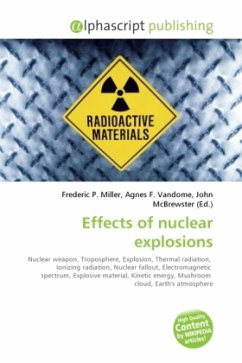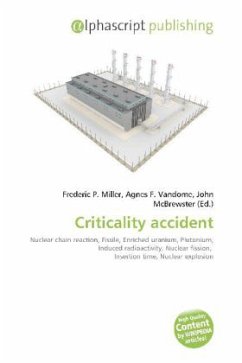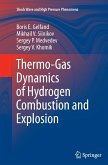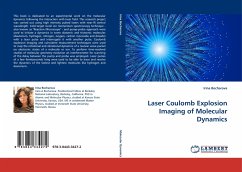The energy released from a nuclear weapon detonated in the troposphere can be divided into four basic categories: Blast 40-50% of total energy, Thermal radiation 30-50% of total energy, Ionizing radiation 5% of total energy, Residual radiation 5-10% of total energy. However, depending on the design of the weapon and the environment in which it is detonated the energy distributed to these categories can be increased or decreased to the point of nullification. The blast effect is created by the coupling of immense amounts of energy, spanning the electromagnetic spectrum, with the surroundings. Locations such as submarine, surface, airburst, or exo-atmospheric determine how much energy is produced as blast and how much as radiation. In general, denser mediums around the bomb, like water, absorb more energy, and create more powerful shockwaves while at the same time limiting the area of its effect. The dominant effects of a nuclear weapon where people are likely to be affected (blastand thermal radiation) are identical physical damage mechanisms to conventional explosives.
Bitte wählen Sie Ihr Anliegen aus.
Rechnungen
Retourenschein anfordern
Bestellstatus
Storno








